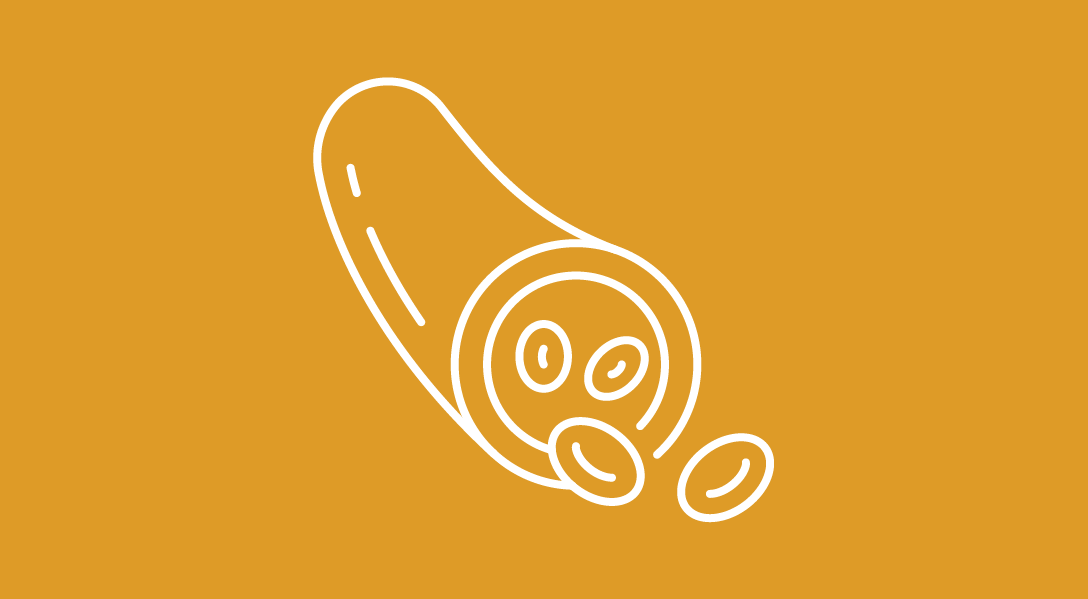Best Practices to Reduce Cancer Disparities Among LGBTI Populations
In April 2017, the American Society of Clinical Oncology released a position statement, Strategies for Reducing Cancer Health Disparities Among Sexual and Gender Minority Populations, with the goal of educating healthcare providers about challenges faced by LGBTI individuals with cancer.
In April 2017, the American Society of Clinical Oncology released a position statement, Strategies for Reducing Cancer Health Disparities Among Sexual and Gender Minority Populations, with the goal of educating healthcare providers about challenges faced by LGBTI individuals with cancer.1
The acronym LGBTI refers to individuals who identify as lesbian, gay, bisexual, transgender, and/or intersex, and this usage is intended to be inclusive of the full range of gender identities and sexual orientations that are not cisgender or heterosexual.
The statement, which was reviewed by the Gay and Lesbian Medical Association, identifies 5 broad areas that must be addressed: patient education and support, workforce development and diversity, quality improvement strategies, policy solutions, and research strategies.
Specific strategies include increased patient access to culturally competent support services, expanded cancer prevention education for LGBTI individuals, policies prohibiting discrimination, adequate insurance coverage to meet the needs of LGBTI individuals affected by cancer, inclusion of LGBTI status as a required data element in cancer registries and clinical trials, and an increased focus on LGBTI populations in cancer research.
At the core of improving care for patients who identify as LGBTI is supporting them and creating a safe environment for them to discuss crucial yet sensitive health information. Increasing provider sensitivity and workforce diversity is fundamental to improving patient education and support.
Reference
1. Griggs J, Maingi S, Blinder V, et al. American Society of Clinical Oncology position statement: Strategies for reducing cancer health disparities among sexual and gender minority populations. J Clin Oncol. 2017;35:2203-8.



